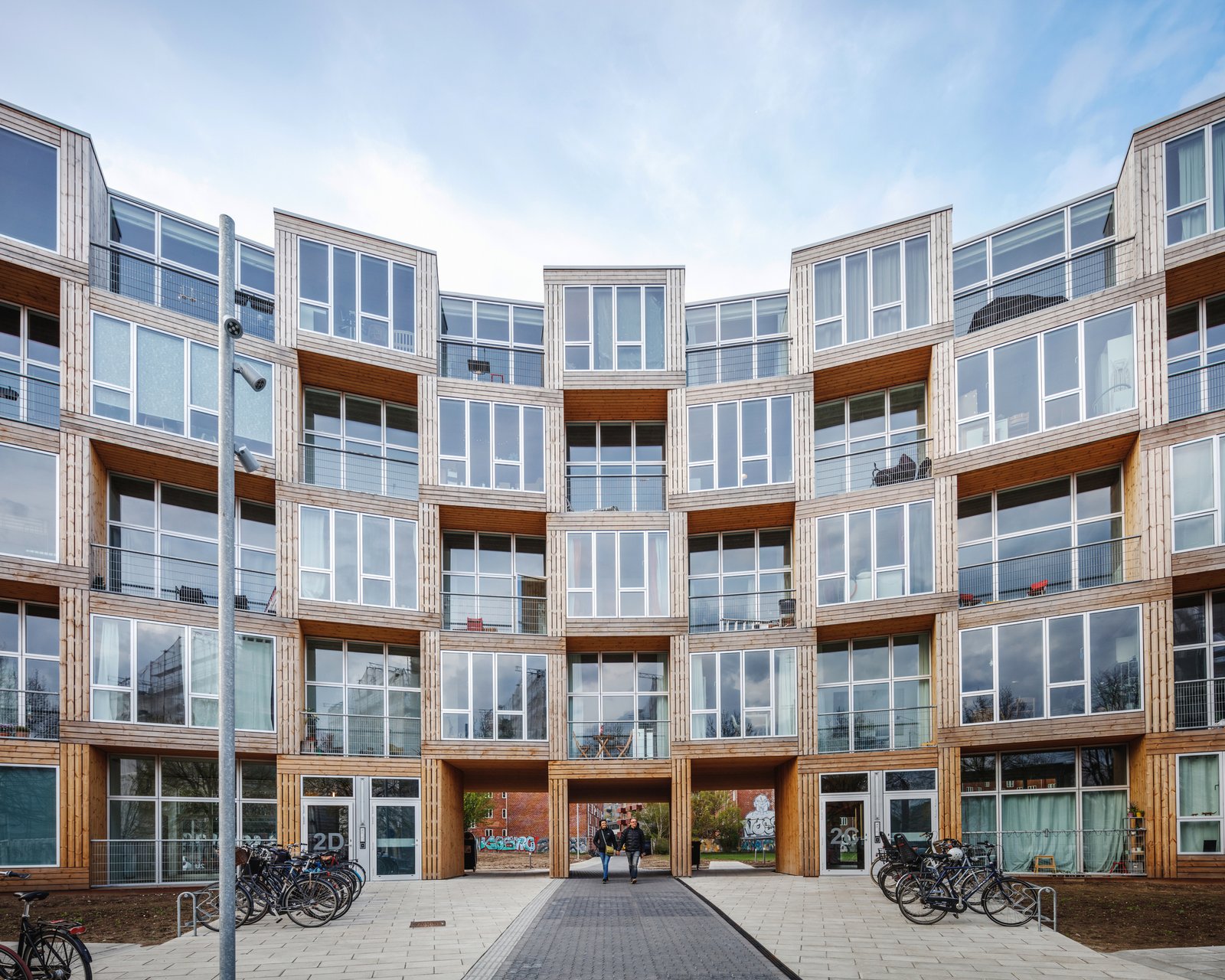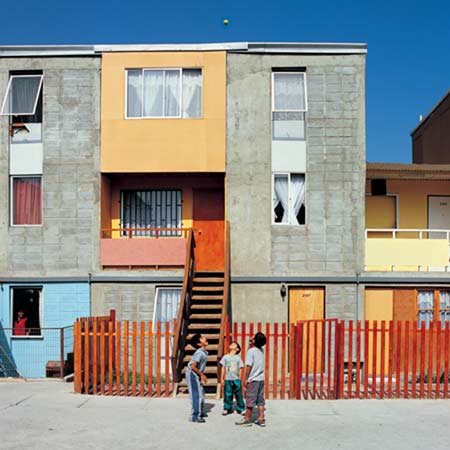Owning a house in today’s scenario is an individual’s dream. The housing sector is one of the most bankable sectors in real estate. Although, it has a wide spectrum of reaching out to a variety of strata of society. Due to rapid urbanization and migration, people are now resorting to living in slums and squatters. Which in turn leads to unhygienic living conditions and uncontrolled growth.
Affordable housing is one such sector that deals with housing provided at an affordable price. It tackles the lower or middle-class households. In these times due to the rapid growth in population, the housing sector is burdened with occupancy issues. Thus, the government has also started schemes and various programs in developing affordability as a criterion in the housing sector.
This sector is architecturally explored widely in today’s time. Many architects such as Charles Correa, Shigeru Ban, Tadao Ando, etc have been participating in these architectural interventions. Nowadays, there is a constant need to fill in a large population into a small ratio of land, thus increasing the need for verticality and affordability of a project.
How can we achieve affordability in housing?
Materials – Usage of materials that are low cost and locally available thus saving the transportation cost for it. Low maintenance materials can be used to reduce the overall costing of the structure.
Space efficiency – Affordable housing units can be more beneficial if they are made as spaces that do not have a confined set of functions. Modular designing of spaces which can be changed and altered as per the occupant needs and quantity of inhabitants. In this pattern, a designer can fit in more efficiency than a normal flat system with a rigid carpet space.
Micro housing– Micro housing also is known as ‘Nano housing’ is one such change. Due to the migratory needs of today’s working class and the growing concept of micro families, this design prototype has started coming up which is both compact, alterable and affordable. It is a typology where a space has multiple functions through furniture layouts and shifting walls which help in changing the function of space as per the user needs. This concept is gaining popularity in many metropolitan cities.
Target audience– Affordable housing can be achieved by combining a target audience that comes under the same category to which these services are being catered. By understanding their lifestyle, needs, and common threads a relevant spatial layout can be designed.
Affordability and sustainability – Sustainability started as a growing concept but now has almost reached a stage of a mandatory element in housing. It can help in reducing the running cost of a building through eco-friendly methods such as solar panels, rainwater harvesting, recycling, etc. All these phenomena can help in making housing affordable for people to buy and also to maintain. Having these measures can also help in reducing the usage of finite resources and encourage the use of renewable and sustainable resources.
Reuse and recycling sites – The site which was used for a certain function and has now gone defunct can be used for affordable housing units by using the available materials on-site and converting them into housing units to lower the building cost.
Examples of Affordable housing –
Dortheavej Residence, Denmark

Architects: Bjarke Ingels Group
Location: Copenhagen, Denmark
Area: 6800.0 m2
Project Year: 2018
It provides 66 apartments for low-income citizens. The entire design of the structure is affordable in its material usage and spatial use. The usage of low-cost and reused materials has helped in lowering the cost of these units with ample space for recreation as well.
Quinta Monroy Housing, Chile
Architects – Alejandro Aravena
Location- Chile,
Area-5000 sq.m
Year – 2003
Designed by Alejandro Aravena this housing is a classic example of merging affordability with quality living for the inhabitants. It composed of building basic low-cost modules of houses that can later be altered by the inhabitants as per their financial capabilities and spatial usage. Which in turn gives the user freedom to design their own space and at the same time adds value to the community building while keeping the affordable factor distinctive.
With the changing needs and lifestyle of the contemporary user, affordable housing has become the prime solution for future space needs. This type of housing will help in catering to a wide radius of people, to provide them with habitable spaces that thrive through conscious space making and design innovation along with building capital. In such scenarios, we are catering to a mass quantity without compromising on its quality.



